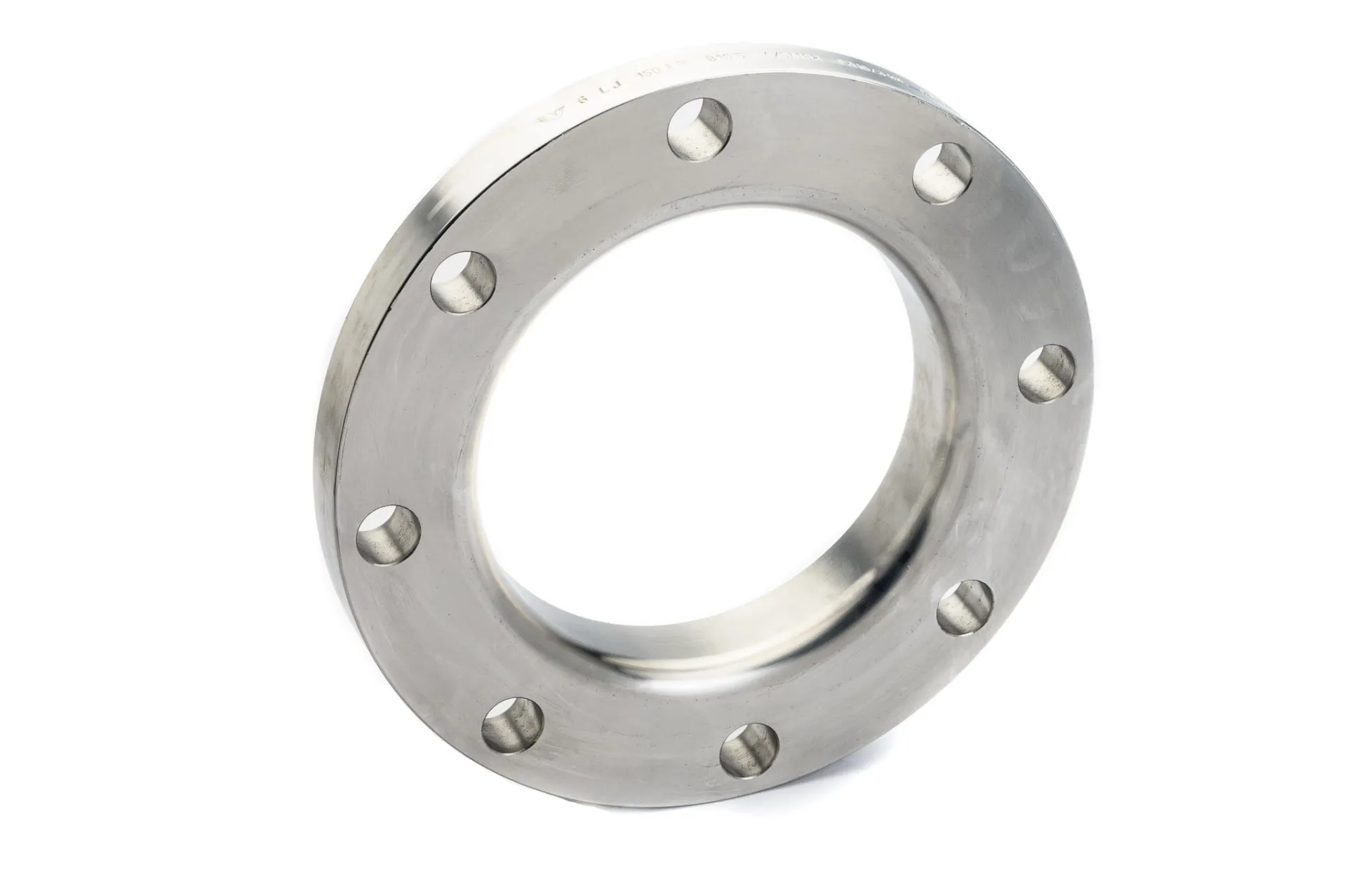-
Cangzhou Yulong Steel Co., Ltd.
-
Phone:
+86 13303177267 -
Email:
admin@ylsteelfittings.com

Nov . 12, 2024 01:43 Back to list
concentric reducer flange
Understanding Concentric Reducer Flanges A Comprehensive Guide
When it comes to piping systems, the importance of fittings cannot be overstated. Among these fittings, concentric reducer flanges play a crucial role in ensuring smooth transitions between different pipe sizes. This article aims to explore the concept, applications, advantages, and installation methods related to concentric reducer flanges.
What is a Concentric Reducer Flange?
A concentric reducer flange is a fitting that is used to connect two pipes of different diameters while maintaining a uniform centerline. Unlike eccentric reducers, which offset the centerline, concentric reducers are designed to transition the flow of materials more smoothly, minimizing turbulence and pressure losses. These flanges come in various materials, including stainless steel, carbon steel, and PVC, catering to a wide array of industries.
Applications of Concentric Reducer Flanges
The use of concentric reducer flanges is widespread across various sectors, including
1. Oil and Gas In petroleum industries, where the transport of fluids is critical, concentric reducers help transition between pipeline sizes without disturbing the flow dynamics.
2. Water Treatment In water treatment facilities, these flanges facilitate the movement of water through various pipe sizes, ensuring efficient operation and minimal loss of head.
3. Chemical Processing Since many chemical processes involve fluids with varying viscosities and flow rates, concentric reducers provide an essential connection for different sized piping systems.
4. HVAC Systems In heating, ventilation, and air conditioning (HVAC) applications, these fittings help to connect ductwork of different sizes, promoting efficient airflow.
Advantages of Using Concentric Reducer Flanges
concentric reducer flange

2. Improved Flow Characteristics The smooth transition from one pipe size to another allows for better flow characteristics, which is critical in systems that rely on continuous fluid transport.
3. Versatility Available in various materials and sizes, concentric reducer flanges can suit diverse application needs, making them an excellent choice for multi-functional piping systems.
4. Durability Most concentric reducers are designed to withstand high pressures and temperatures, which makes them ideal for challenging environments such as power plants and refineries.
Installation of Concentric Reducer Flanges
Proper installation is crucial to ensure the effectiveness and longevity of concentric reducer flanges. Here are some key steps to follow during installation
1. Prepare the Pipe Ends Ensure that the ends of the pipes to be joined are clean and free from any rust, dirt, or debris. This preparation helps achieve a tight seal and reduces the risk of leaks.
2. Align the Flange Position the concentric reducer flange in line with the pipes, ensuring that the centerlines of the pipes are aligned properly. This alignment is vital for preventing future pressure issues and facilitating smooth flow.
3. Secure with Bolts Use appropriate bolts and nuts to secure the flange connection. Make sure to tighten them evenly to avoid any distortion of the flange.
4. Test the Connection After installation, conduct a pressure test to confirm that there are no leaks and that the connection is secure. This test is essential, particularly in high-pressure applications.
Conclusion
Concentric reducer flanges are an integral part of modern piping systems, offering a reliable solution for connecting pipes of different diameters. Their ability to reduce turbulence, improve flow efficiency, and withstand extreme conditions makes them invaluable across multiple industries. Whether in oil and gas, water treatment, chemical processing, or HVAC systems, understanding the benefits and proper installation techniques of concentric reducer flanges can greatly enhance the performance and durability of any piping layout.
Latest news
-
ANSI 150P SS304 SO FLANGE
NewsFeb.14,2025
-
ASTM A333GR6 STEEL PIPE
NewsJan.20,2025
-
ANSI B16.5 WELDING NECK FLANGE
NewsJan.15,2026
-
ANSI B16.5 SLIP-ON FLANGE
NewsApr.19,2024
-
DIN86044 PLATE FLANGE
NewsApr.19,2024
-
DIN2527 BLIND FLANGE
NewsApr.12,2024
-
JIS B2311 Butt-Welding Fittings LR/SR 45°/90° /180°Seamless/Weld
NewsApr.23,2024
-
DIN2605-2617 Butt-Welding Fittings LR/SR 45°/90°/180° Seamless/Weld
NewsApr.23,2024











